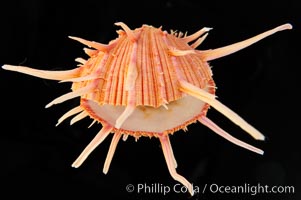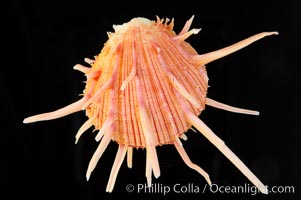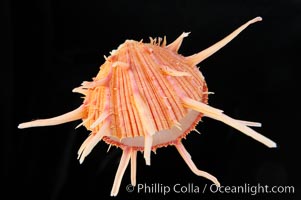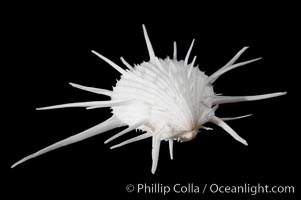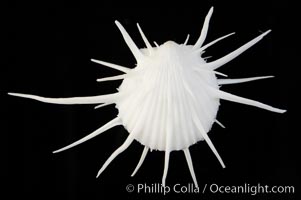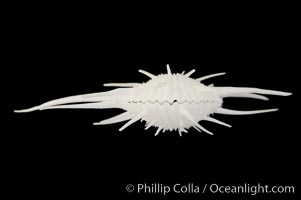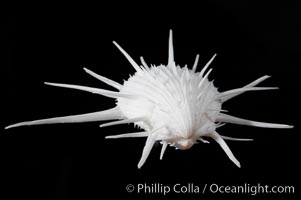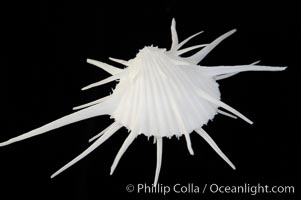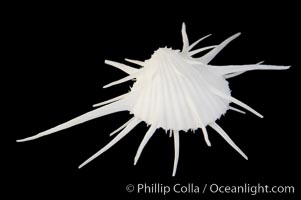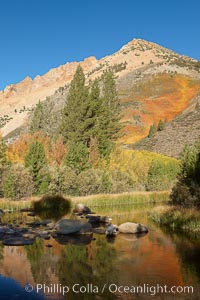
Paiute Peak, covered with changing aspen trees in autumn, rises above the calm reflecting waters of North Lake.
Species: Aspen, Populus tremuloides
Location: Bishop Creek Canyon, Sierra Nevada Mountains, California
Image ID: 23367
Species: Aspen, Populus tremuloides
Location: Bishop Creek Canyon, Sierra Nevada Mountains, California
Image ID: 23367
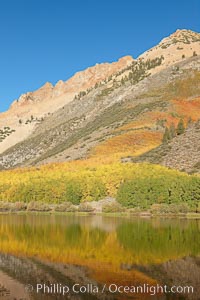
Paiute Peak, covered with changing aspen trees in autumn, rises above the calm reflecting waters of North Lake.
Species: Aspen, Populus tremuloides
Location: Bishop Creek Canyon, Sierra Nevada Mountains, California
Image ID: 23382
Species: Aspen, Populus tremuloides
Location: Bishop Creek Canyon, Sierra Nevada Mountains, California
Image ID: 23382
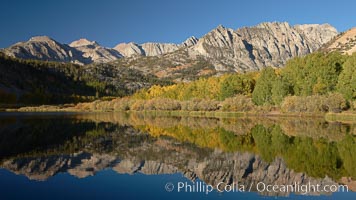
Aspen trees in fall, change in color to yellow, orange and red, reflected in the calm waters of North Lake.
Species: Aspen, Populus tremuloides
Location: Bishop Creek Canyon, Sierra Nevada Mountains, California
Image ID: 23388
Species: Aspen, Populus tremuloides
Location: Bishop Creek Canyon, Sierra Nevada Mountains, California
Image ID: 23388
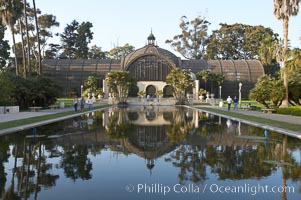
The Botanical Building in Balboa Park, San Diego. The Botanical Building, at 250 feet long by 75 feet wide and 60 feet tall, was the largest wood lath structure in the world when it was built in 1915 for the Panama-California Exposition. The Botanical Building, located on the Prado, west of the Museum of Art, contains about 2,100 permanent tropical plants along with changing seasonal flowers. The Lily Pond, just south of the Botanical Building, is an eloquent example of the use of reflecting pools to enhance architecture. The 193 by 43 foot pond and smaller companion pool were originally referred to as Las Lagunas de las Flores (The Lakes of the Flowers) and were designed as aquatic gardens. The pools contain exotic water lilies and lotus which bloom spring through fall. Balboa Park, San Diego.
Location: Balboa Park, San Diego, California
Image ID: 11273
Location: Balboa Park, San Diego, California
Image ID: 11273
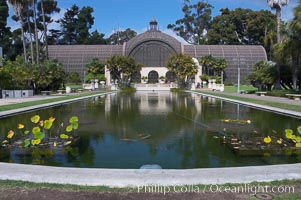
The Botanical Building in Balboa Park, San Diego. The Botanical Building, at 250 feet long by 75 feet wide and 60 feet tall, was the largest wood lath structure in the world when it was built in 1915 for the Panama-California Exposition. The Botanical Building, located on the Prado, west of the Museum of Art, contains about 2,100 permanent tropical plants along with changing seasonal flowers. The Lily Pond, just south of the Botanical Building, is an eloquent example of the use of reflecting pools to enhance architecture. The 193 by 43 foot pond and smaller companion pool were originally referred to as Las Lagunas de las Flores (The Lakes of the Flowers) and were designed as aquatic gardens. The pools contain exotic water lilies and lotus which bloom spring through fall. Balboa Park, San Diego.
Location: Balboa Park, San Diego, California
Image ID: 14575
Location: Balboa Park, San Diego, California
Image ID: 14575
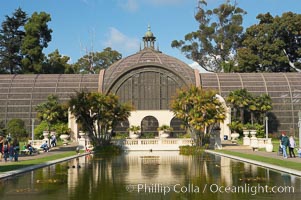
The Botanical Building in Balboa Park, San Diego. The Botanical Building, at 250 feet long by 75 feet wide and 60 feet tall, was the largest wood lath structure in the world when it was built in 1915 for the Panama-California Exposition. The Botanical Building, located on the Prado, west of the Museum of Art, contains about 2,100 permanent tropical plants along with changing seasonal flowers. The Lily Pond, just south of the Botanical Building, is an eloquent example of the use of reflecting pools to enhance architecture. The 193 by 43 foot pond and smaller companion pool were originally referred to as Las Lagunas de las Flores (The Lakes of the Flowers) and were designed as aquatic gardens. The pools contain exotic water lilies and lotus which bloom spring through fall. Balboa Park, San Diego.
Location: Balboa Park, San Diego, California
Image ID: 14576
Location: Balboa Park, San Diego, California
Image ID: 14576
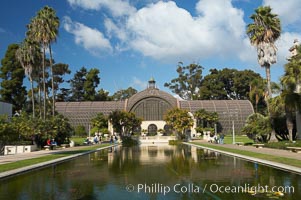
The Botanical Building in Balboa Park, San Diego. The Botanical Building, at 250 feet long by 75 feet wide and 60 feet tall, was the largest wood lath structure in the world when it was built in 1915 for the Panama-California Exposition. The Botanical Building, located on the Prado, west of the Museum of Art, contains about 2,100 permanent tropical plants along with changing seasonal flowers. The Lily Pond, just south of the Botanical Building, is an eloquent example of the use of reflecting pools to enhance architecture. The 193 by 43 foot pond and smaller companion pool were originally referred to as Las Lagunas de las Flores (The Lakes of the Flowers) and were designed as aquatic gardens. The pools contain exotic water lilies and lotus which bloom spring through fall. Balboa Park, San Diego.
Location: Balboa Park, San Diego, California
Image ID: 14577
Location: Balboa Park, San Diego, California
Image ID: 14577
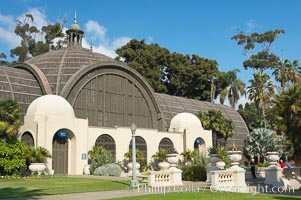
The Botanical Building in Balboa Park, San Diego. The Botanical Building, at 250 feet long by 75 feet wide and 60 feet tall, was the largest wood lath structure in the world when it was built in 1915 for the Panama-California Exposition. The Botanical Building, located on the Prado, west of the Museum of Art, contains about 2,100 permanent tropical plants along with changing seasonal flowers. The Lily Pond, just south of the Botanical Building, is an eloquent example of the use of reflecting pools to enhance architecture. The 193 by 43 foot pond and smaller companion pool were originally referred to as Las Lagunas de las Flores (The Lakes of the Flowers) and were designed as aquatic gardens. The pools contain exotic water lilies and lotus which bloom spring through fall. Balboa Park, San Diego.
Location: Balboa Park, San Diego, California
Image ID: 14579
Location: Balboa Park, San Diego, California
Image ID: 14579
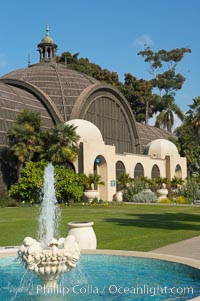
The Botanical Building in Balboa Park, San Diego. The Botanical Building, at 250 feet long by 75 feet wide and 60 feet tall, was the largest wood lath structure in the world when it was built in 1915 for the Panama-California Exposition. The Botanical Building, located on the Prado, west of the Museum of Art, contains about 2,100 permanent tropical plants along with changing seasonal flowers. The Lily Pond, just south of the Botanical Building, is an eloquent example of the use of reflecting pools to enhance architecture. The 193 by 43 foot pond and smaller companion pool were originally referred to as Las Lagunas de las Flores (The Lakes of the Flowers) and were designed as aquatic gardens. The pools contain exotic water lilies and lotus which bloom spring through fall. Balboa Park, San Diego.
Location: Balboa Park, San Diego, California
Image ID: 14580
Location: Balboa Park, San Diego, California
Image ID: 14580
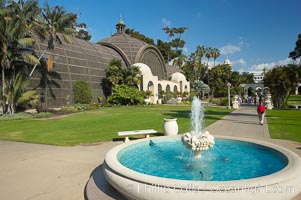
The Botanical Building in Balboa Park, San Diego. The Botanical Building, at 250 feet long by 75 feet wide and 60 feet tall, was the largest wood lath structure in the world when it was built in 1915 for the Panama-California Exposition. The Botanical Building, located on the Prado, west of the Museum of Art, contains about 2,100 permanent tropical plants along with changing seasonal flowers. The Lily Pond, just south of the Botanical Building, is an eloquent example of the use of reflecting pools to enhance architecture. The 193 by 43 foot pond and smaller companion pool were originally referred to as Las Lagunas de las Flores (The Lakes of the Flowers) and were designed as aquatic gardens. The pools contain exotic water lilies and lotus which bloom spring through fall. Balboa Park, San Diego.
Location: Balboa Park, San Diego, California
Image ID: 14581
Location: Balboa Park, San Diego, California
Image ID: 14581
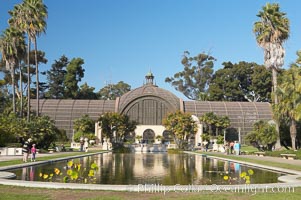
The Botanical Building in Balboa Park, San Diego. The Botanical Building, at 250 feet long by 75 feet wide and 60 feet tall, was the largest wood lath structure in the world when it was built in 1915 for the Panama-California Exposition. The Botanical Building, located on the Prado, west of the Museum of Art, contains about 2,100 permanent tropical plants along with changing seasonal flowers. The Lily Pond, just south of the Botanical Building, is an eloquent example of the use of reflecting pools to enhance architecture. The 193 by 43 foot pond and smaller companion pool were originally referred to as Las Lagunas de las Flores (The Lakes of the Flowers) and were designed as aquatic gardens. The pools contain exotic water lilies and lotus which bloom spring through fall. Balboa Park, San Diego.
Location: Balboa Park, San Diego, California
Image ID: 14583
Location: Balboa Park, San Diego, California
Image ID: 14583
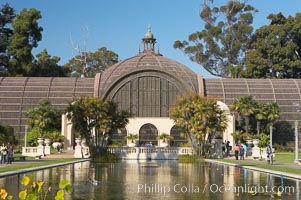
The Botanical Building in Balboa Park, San Diego. The Botanical Building, at 250 feet long by 75 feet wide and 60 feet tall, was the largest wood lath structure in the world when it was built in 1915 for the Panama-California Exposition. The Botanical Building, located on the Prado, west of the Museum of Art, contains about 2,100 permanent tropical plants along with changing seasonal flowers. The Lily Pond, just south of the Botanical Building, is an eloquent example of the use of reflecting pools to enhance architecture. The 193 by 43 foot pond and smaller companion pool were originally referred to as Las Lagunas de las Flores (The Lakes of the Flowers) and were designed as aquatic gardens. The pools contain exotic water lilies and lotus which bloom spring through fall. Balboa Park, San Diego.
Location: Balboa Park, San Diego, California
Image ID: 14584
Location: Balboa Park, San Diego, California
Image ID: 14584
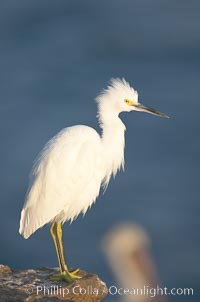
Snowy egret. The snowy egret can be found in marshes, swamps, shorelines, mudflats and ponds. The snowy egret eats shrimp, minnows and other small fish, crustaceans and frogs. It is found on all coasts of North America and, in winter, into South America.
Species: Snowy egret, Egretta thula
Location: La Jolla, California
Image ID: 15291
Species: Snowy egret, Egretta thula
Location: La Jolla, California
Image ID: 15291
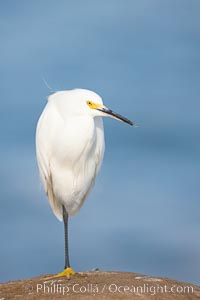
Snowy egret. The snowy egret can be found in marshes, swamps, shorelines, mudflats and ponds. The snowy egret eats shrimp, minnows and other small fish, crustaceans and frogs. It is found on all coasts of North America and, in winter, into South America.
Species: Snowy egret, Egretta thula
Location: La Jolla, California
Image ID: 15292
Species: Snowy egret, Egretta thula
Location: La Jolla, California
Image ID: 15292
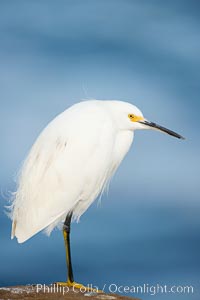
Snowy egret. The snowy egret can be found in marshes, swamps, shorelines, mudflats and ponds. The snowy egret eats shrimp, minnows and other small fish, crustaceans and frogs. It is found on all coasts of North America and, in winter, into South America.
Species: Snowy egret, Egretta thula
Location: La Jolla, California
Image ID: 15293
Species: Snowy egret, Egretta thula
Location: La Jolla, California
Image ID: 15293
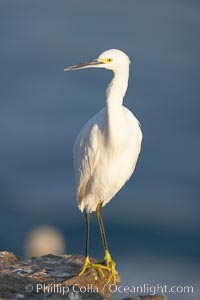
Snowy egret. The snowy egret can be found in marshes, swamps, shorelines, mudflats and ponds. The snowy egret eats shrimp, minnows and other small fish, crustaceans and frogs. It is found on all coasts of North America and, in winter, into South America.
Species: Snowy egret, Egretta thula
Location: La Jolla, California
Image ID: 15294
Species: Snowy egret, Egretta thula
Location: La Jolla, California
Image ID: 15294
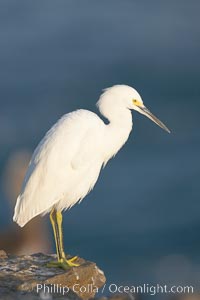
Snowy egret. The snowy egret can be found in marshes, swamps, shorelines, mudflats and ponds. The snowy egret eats shrimp, minnows and other small fish, crustaceans and frogs. It is found on all coasts of North America and, in winter, into South America.
Species: Snowy egret, Egretta thula
Location: La Jolla, California
Image ID: 15295
Species: Snowy egret, Egretta thula
Location: La Jolla, California
Image ID: 15295
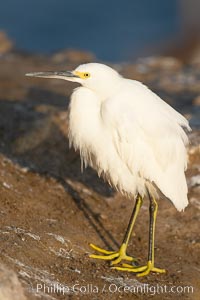
Snowy egret. The snowy egret can be found in marshes, swamps, shorelines, mudflats and ponds. The snowy egret eats shrimp, minnows and other small fish, crustaceans and frogs. It is found on all coasts of North America and, in winter, into South America.
Species: Snowy egret, Egretta thula
Location: La Jolla, California
Image ID: 15296
Species: Snowy egret, Egretta thula
Location: La Jolla, California
Image ID: 15296
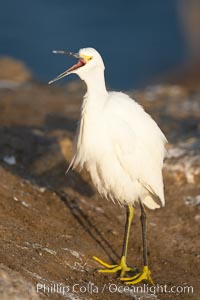
Snowy egret. The snowy egret can be found in marshes, swamps, shorelines, mudflats and ponds. The snowy egret eats shrimp, minnows and other small fish, crustaceans and frogs. It is found on all coasts of North America and, in winter, into South America.
Species: Snowy egret, Egretta thula
Location: La Jolla, California
Image ID: 15297
Species: Snowy egret, Egretta thula
Location: La Jolla, California
Image ID: 15297
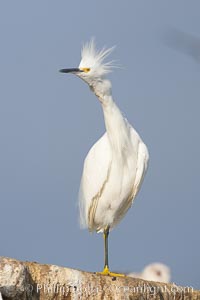
Snowy egret. The snowy egret can be found in marshes, swamps, shorelines, mudflats and ponds. The snowy egret eats shrimp, minnows and other small fish, crustaceans and frogs. It is found on all coasts of North America and, in winter, into South America.
Species: Snowy egret, Egretta thula
Location: La Jolla, California
Image ID: 15298
Species: Snowy egret, Egretta thula
Location: La Jolla, California
Image ID: 15298
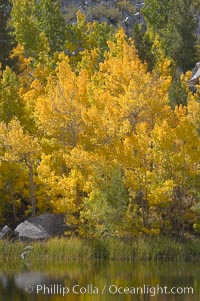
Aspen trees reflected in Cardinal Pond, Aspendel, Bishop Creek Canyon.
Species: Aspen, Populus tremuloides
Location: Bishop Creek Canyon, Sierra Nevada Mountains, California
Image ID: 17504
Species: Aspen, Populus tremuloides
Location: Bishop Creek Canyon, Sierra Nevada Mountains, California
Image ID: 17504
